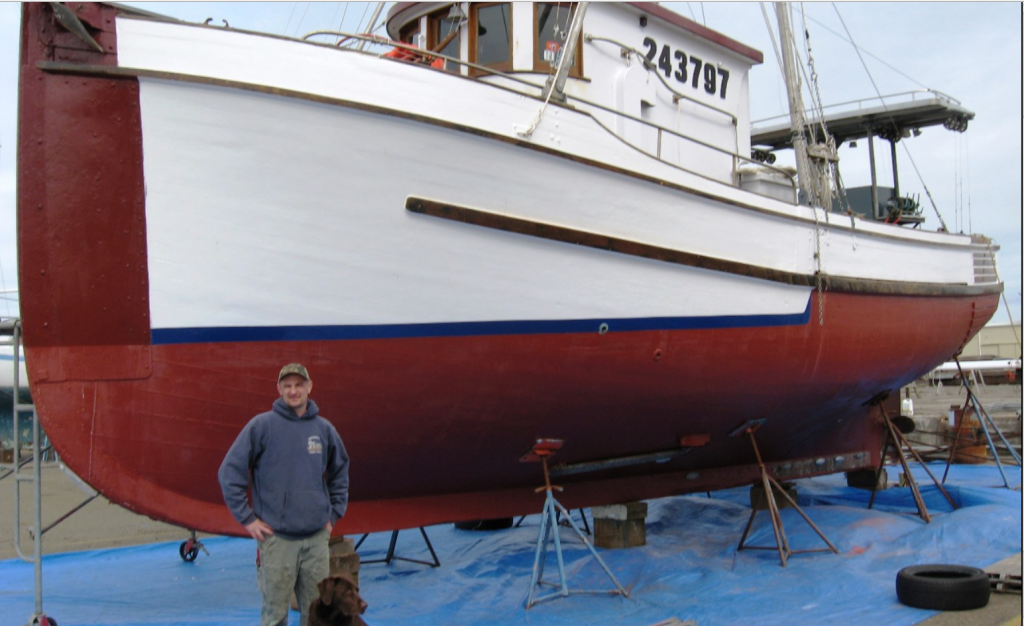MPicciotto
Practically Family
- Messages
- 771
- Location
- Eastern Shore, MD
Hmmm. I'll have to take a look at that company. There is a need on older woodworking machinery to redo rubber rollers like on large belt sanders and the such. I might have to pass that onto a large forum of antique woodworking machinery people.
Thanks
Matt
Thanks
Matt












